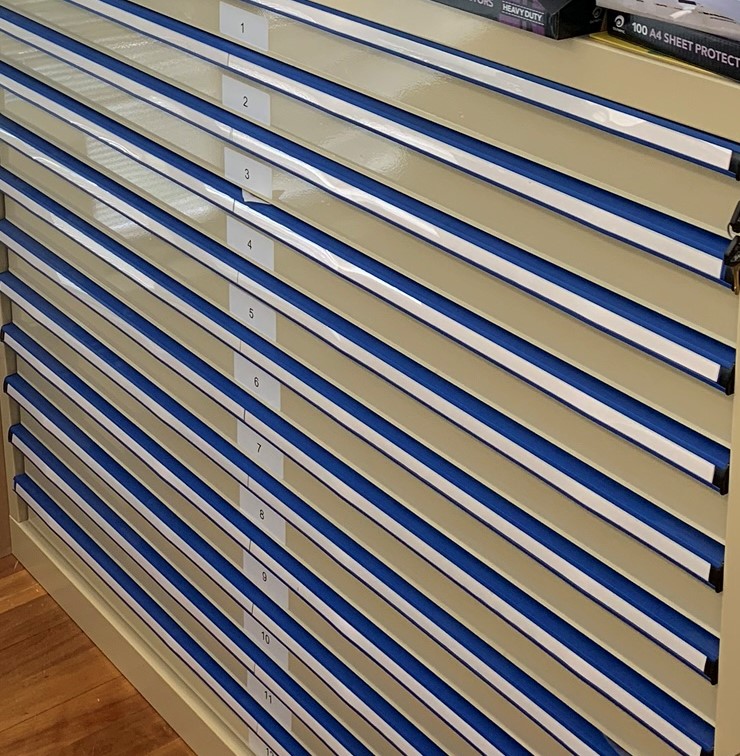Heatstroke
DATE:11TH SEP 2019Summer is a season we associate with the beach, a vital accessory for which these days is your hat and a tube of 50+ UV blockout. But spare a thought for your artworks and furniture at this time as well, and ensure you offer them the same level of protection.
Just as direct sun damages skin, with the effect being cumulative and irreversible, so also sunlight causes colours to fade, textiles to disintegrate and wood to dry out. A few simple measures can drastically reduce this damage.
- Firstly, ensure direct sunlight cannot fall on any artworks or furniture at any time of the day.
- Secondly, reduce the damage that ultra-violet light (the most damaging part of the light spectrum) can cause.
This can most simply be achieved by applying ultra violet protective film to your window glass, such as 3M Scotchshield, but you will need a specialist to apply it.
Alternatively, ask for perspex when having your pictures glazed (perspex has a high UV protective ability), or use UV protective glass. One of the best on the market is currently Optium, which also has a very neat non-reflective benefit. Ideally, of course, the more you can do to darken the house by closing curtains and shutters, the less light can enter in the first place.
However, sunlight is only part of the problem. Closed up houses, particularly those poorly insulated, can become heat traps. Broadly speaking, as the temperature rises, the relative humidity (RH) drops, and it is the RH we are concerned about. Once it gets below 40% furniture can become desiccated, works on paper and textiles embrittle and paint can shrink. But then a summer deluge may pass through, lifting the RH to above 80% when other problems start occurring, such as mould growth on furniture and the backs of paintings, and the creation of an environment ideal for insect activity.
We should aim, therefore, to maintain a happy medium in the 440-60% RH band. In particular, try to avoid sudden fluctuations of RH, i.e. where it changes by more than 20% in 24 hours. Most artworks and furniture are hygroscopic in nature, i.e. they are constantly absorbing or letting out moisture, and sudden changes in RH can cause stress resulting in paint flaking or wood cracking. Maintaining a bucket of water in an unobtrusive place in each room can significantly reduce fluctuations - a crude but effective way of allowing moisture to be released into the air. A simple digital temperature/RH monitor will help you keep your eye on this issue, available from electrical stores for about $40.
Finally position your most valuable or most sensitive artworks in the most temperate and stable parts of your house. This is usually the centre, away from external walls.
So have a great summer, but make sure your artworks have one too.


More Articles Like This One
The remnants of Colonel William Light’s homestead discovered at the old West End Brewery site on Port Road will be preserved in line with expert conservation advice provided to Lion.
Lion commissioned renowned conservation specialists, International Conservation Services, to provide a plan on how best to protect the discovery, working in consultation with archaeologists and...
READ ARTICLE
5 Minutes with... Claire Rowson
What is your current role at ICS and what does that entail? I am currently the State Manager of WA based in our Perth office,...
READ ARTICLE
5 Minutes with... Adam Godijn
What is your current role at ICS? I am the Head of Conservation of fine and decorative arts at ICS. I work with a fabulous...
READ ARTICLE
5 Minutes With... Mei Wilkinson
In Oct of 2023 Mei Wilkinson, ICS Technology and Collections Coordinator, was the lucky recipient of the George Alexander Foundation Fellowship from the ISS Institute...
READ ARTICLE

More Articles Like This One
The remnants of Colonel William Light’s homestead discovered at the old West End Brewery site on Port Road will be preserved in line with expert conservation advice provided to Lion.
Lion commissioned renowned conservation specialists, International Conservation Services, to provide a plan on how best to protect the discovery, working in consultation with archaeologists and...
READ ARTICLE
5 Minutes with... Claire Rowson
What is your current role at ICS and what does that entail? I am currently the State Manager of WA based in our Perth office,...
READ ARTICLE
5 Minutes with... Adam Godijn
What is your current role at ICS? I am the Head of Conservation of fine and decorative arts at ICS. I work with a fabulous...
READ ARTICLE

